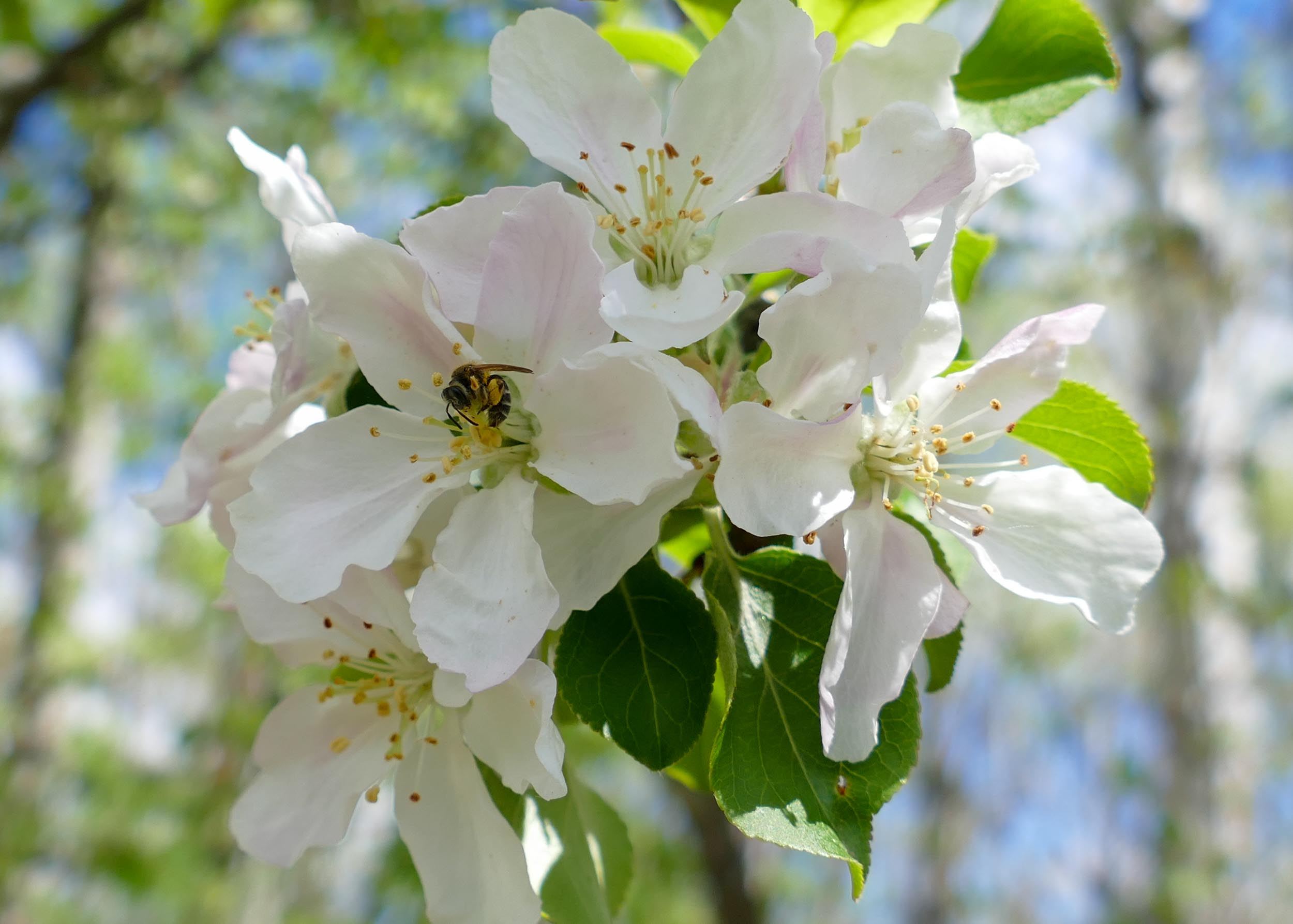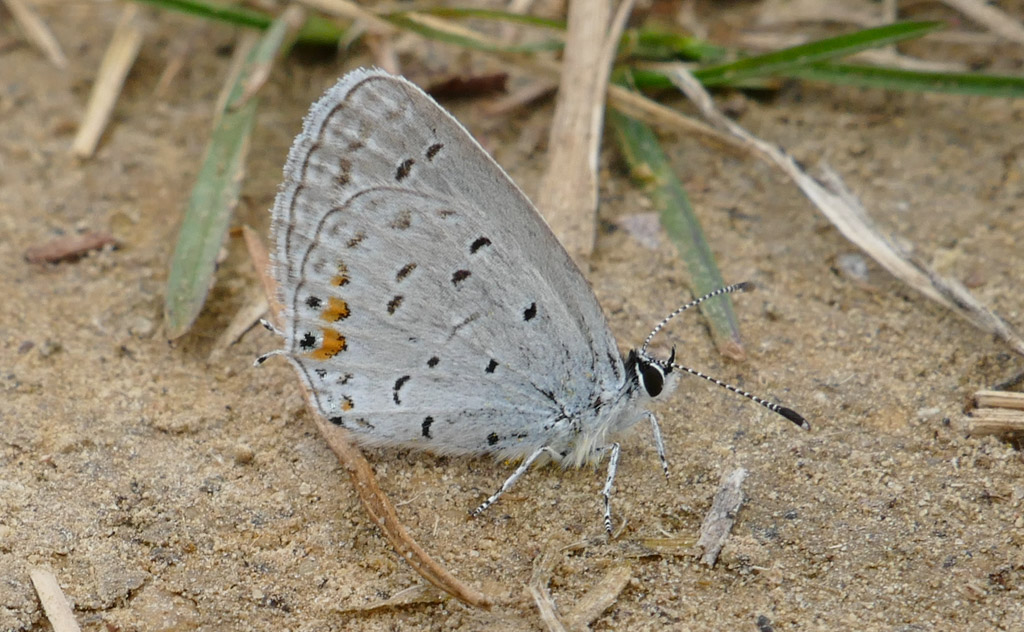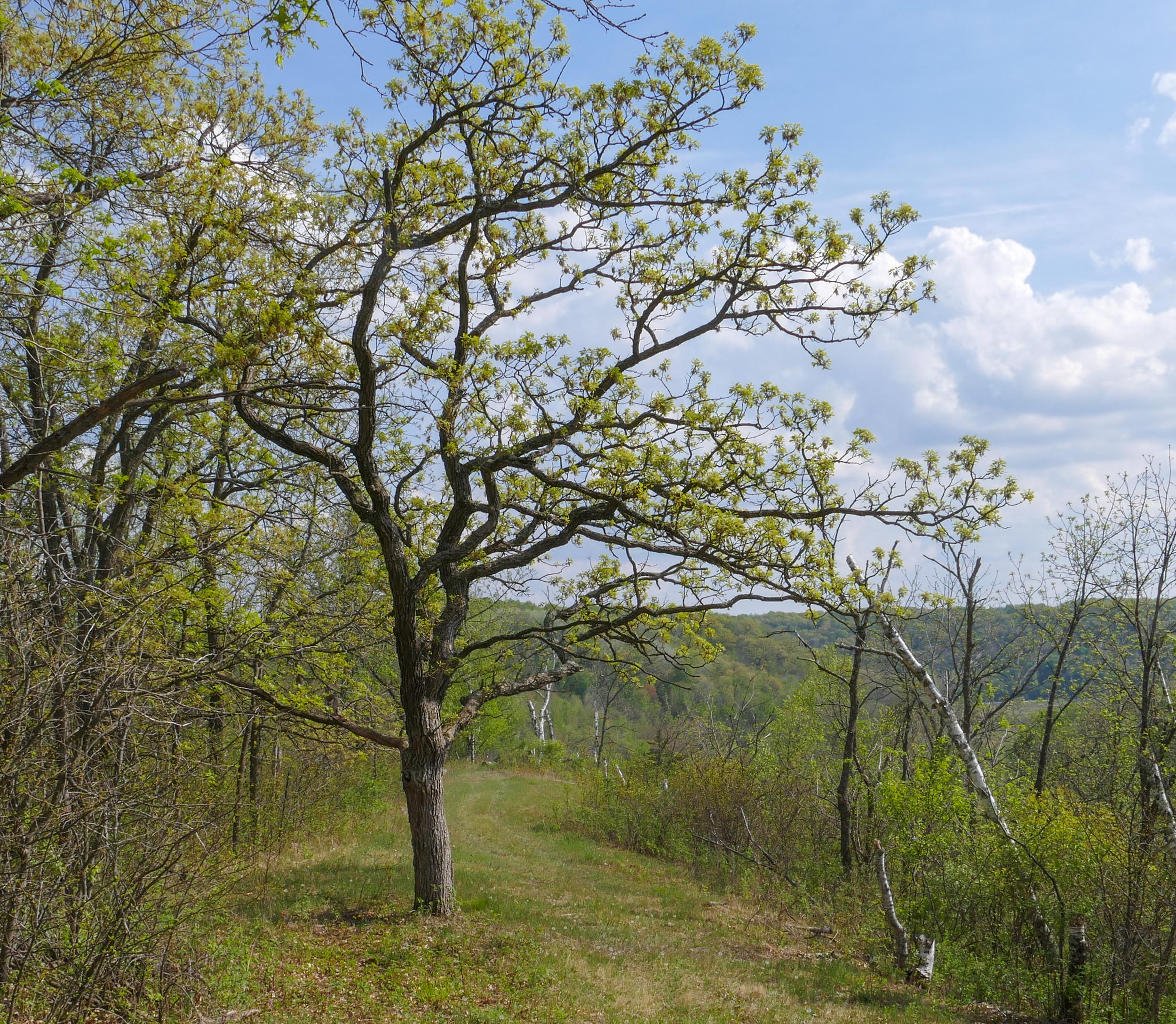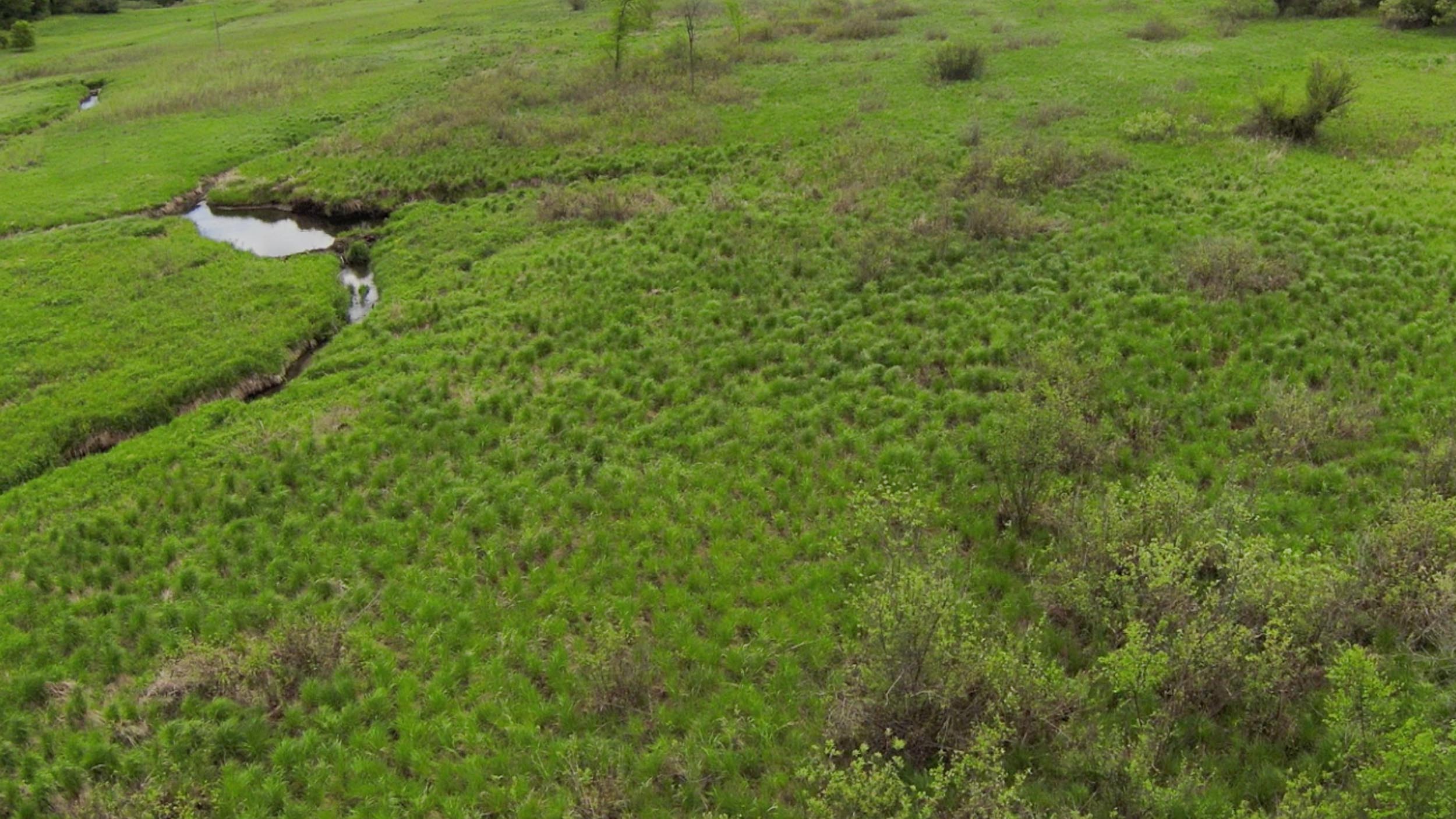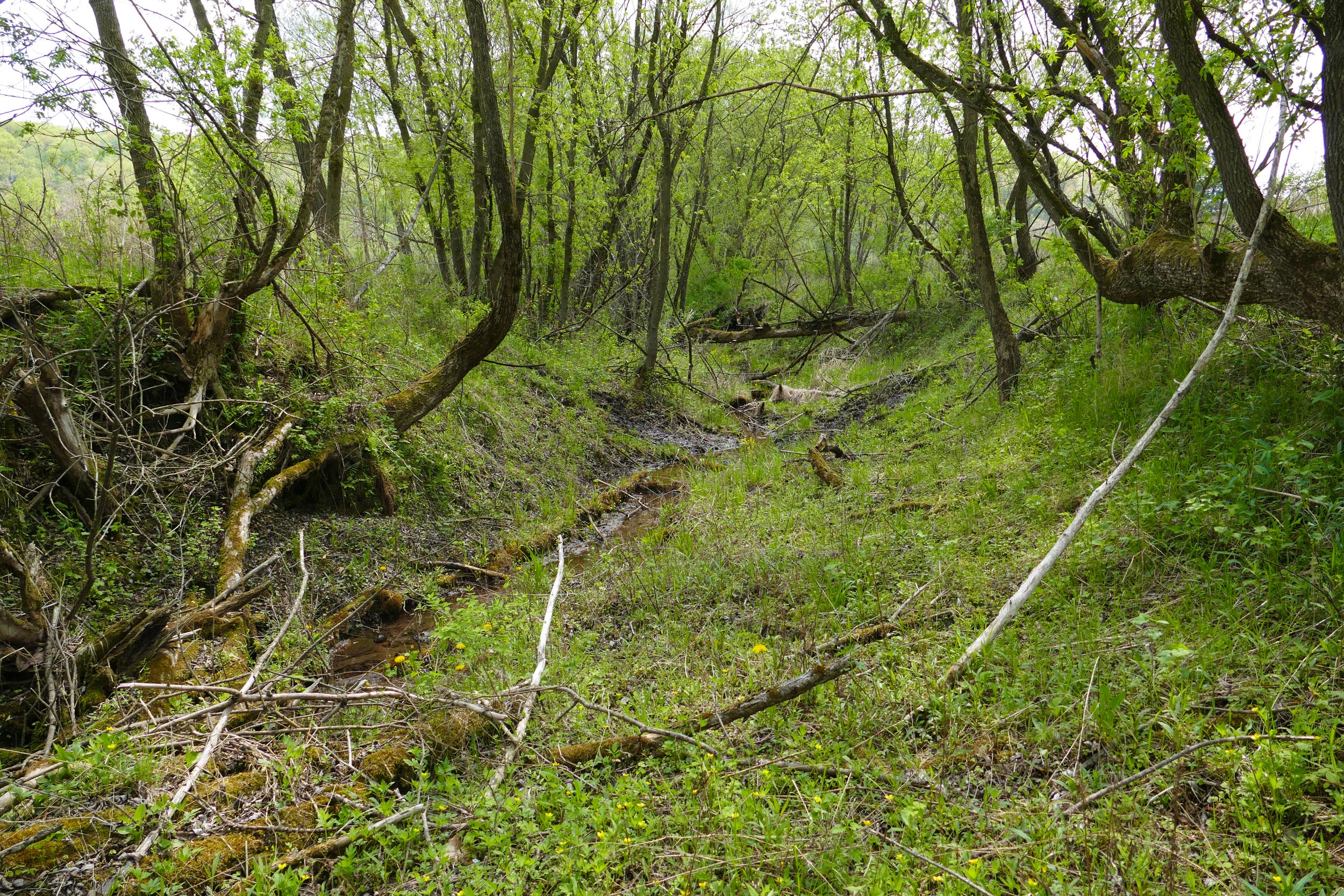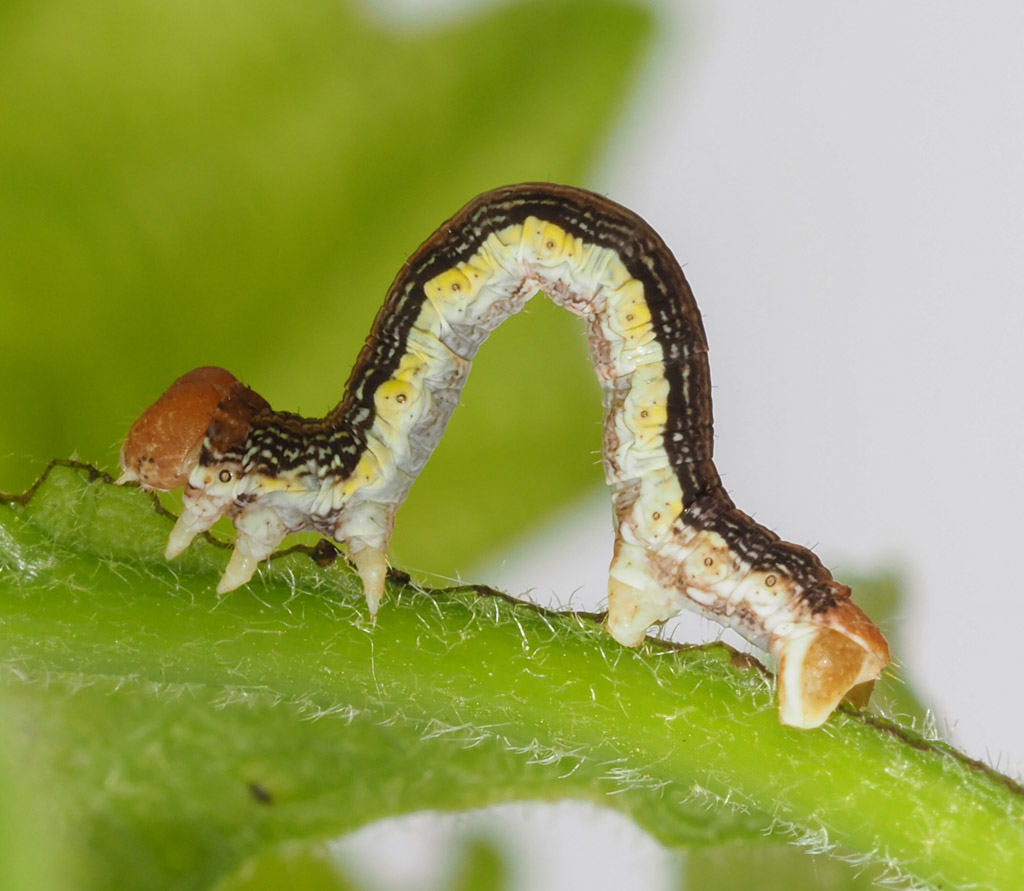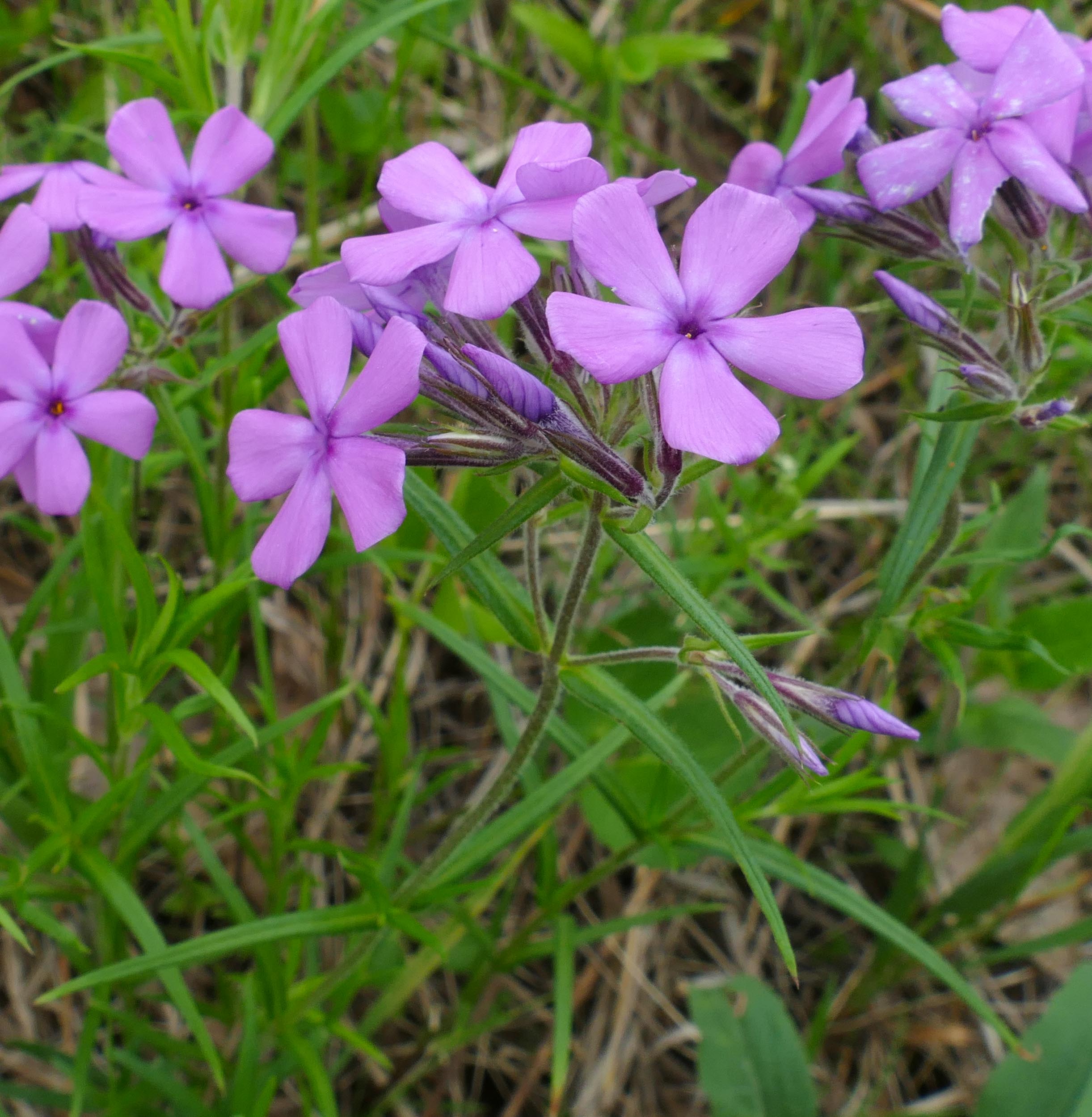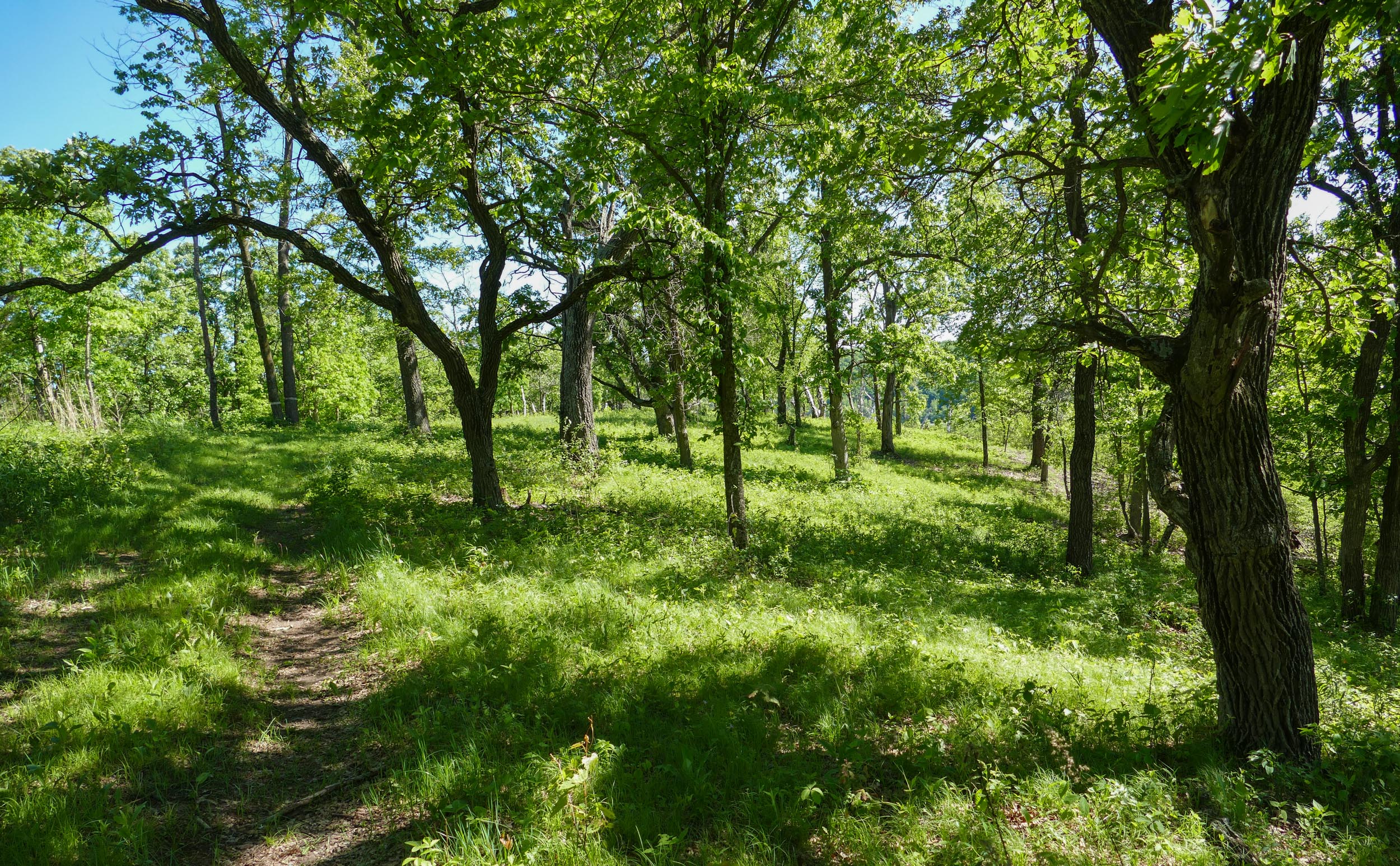This is the time of year when I have so many outside projects, and take so many photos, that it’s hard to fit them all into one blog post, and even harder to find time to write it.
We’ve been watching the season change from spring to summer – until this morning….
Fortunately it’s warmer now, the sun came out, and the snow has melted.
Early in the month we were seeing and smelling Wild Plum
and apple blossoms.
Early migrants like this Rose-breasted Grosbeak had just arrived.
All our spring flowers have been blooming.
Marsh Marigolds
Bellwort
Wood Betony flowers have spiral shapes when they’re seen from above.
Rue Anemones
An early spring butterfly – Eastern Tailed Blue
Wild Geranium
Spring leaves on the oaks
Spring woods turning green.
Burr Oak on the Knife Edge
Oaks on the prairie points are nibbled by the deer into bonsai trees.
Here’s a link to Mike’s latest ‘mini-video’ – this one is all about the transitions from late-spring to early summer — as seen at five our our goat-prairie points. It also shows off a few drone shots, now that he’s got one again. To see more video from the new drone, go to his new drone-video-page.
Here are a few still photos from the new drone.
Looking south down our driveway to the wetland and Maple Ridge
Sedge meadow and a beaver lake
The creek with Maple Ridge beyond
We found a new spot for one of our benches. The tiny stream is Cabin Creek – just below the cabin. It’s a good place to watch for birds – they come to drink and feed and bathe in the stream.
I finally finished my Garlic Mustard battle for this year. Some places were better than last year, some were worse. This is one of the worst – a hillside that I only discovered a few years ago. Fortunately most places are better than this.
One of the good things about searching for Garlic Mustard is that I visit places I don’t often see.
This is Western Ravine – a deep ravine that runs down our western valley. There’s one big clump of Garlic Mustard in this photo, but most of the ravine is in pretty good shape.
And this is the Driveway Creek Bed – some parts of this have water running all year around, some are dry except during rainstorms and snow melt.
One of my spring projects is rearing caterpillars I find to see which adults they turn into. In the spring, most caterpillars are tiny and green and don’t look very different from each other. But as they grow, they start to become more distinctive.
Here’s my current collection of caterpillar rearing jars.
And here are a few of the most interesting caterpillars.
This is an Infant Moth caterpillar – one of the earliest moths we see in the spring. Their caterpillars eat birch leaves. They only have one generation a year, so once this one makes a pupa I’ll have to keep it safe until the adult emerges next spring.
Linden Looper – these caterpillars do eat Linden, but also other kinds of leaves. This one is eating oak.
A Plume Moth – possibly this species since it’s eating grape leaves.
This one is a mystery – I may have to wait to see the adult before I can identify it. It’s an inchworm, so it’s in the Geometridae Family, but that’s as much as I know.
Later in the month, warmer weather arrived. Now there are more flowers and the trees are greener.
Lupine, Golden Alexanders and Wild Columbine
Prairie Blue-eyed-grass
Wild Columbine
Prairie Phlox
This is a lovely little flower that I found for the first time this week. It’s in one of our planted prairies, so I don’t know how it got here, but it’s native to Wisconsin.
Mountain Blue-eyed-grass
Indian Grass Point with Hoary Puccoon
Gorgone Checkerspots – more this spring than I’ve ever seen here before
Leadplant is starting to poke its leaves out.
Lupine in the Narrows Prairie
A Black Swallowtail with Indian Paintbrush and Golden Alexanders
Willow Bend
Twisted Oak Savanna



